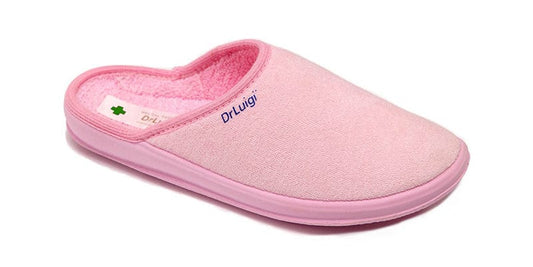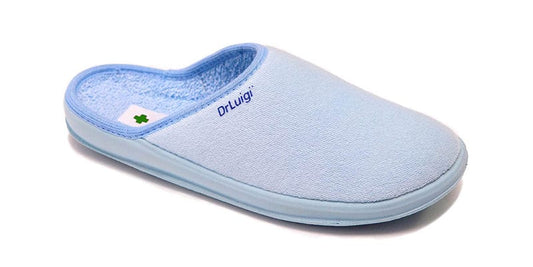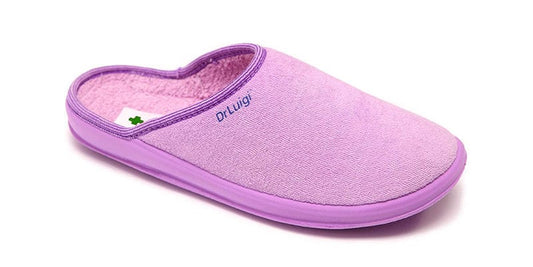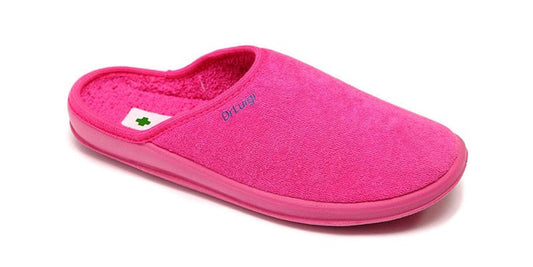Every day, our feet carry us through life. There are 26 bones, 33 joints, and hundreds of muscles and ligaments in each foot. When walking, the feet bear the body’s weight and help to maintain posture. Because we spend the majority of our time in shoes, they should be beneficial to our foot health. Medical and anatomical footwear will provide optimal comfort to the feet while also preventing abnormalities from developing. Read on to learn more about how medical footwear influences foot health and the characteristics of high-quality anatomical footwear.
What is the definition of medical footwear?
Medical footwear is a type of footwear that has a structure that follows the arches of the feet and distributes weight evenly when walking. The spine, knees, lower legs, and the complete musculoskeletal system are all improved. Tread construction is given extra consideration in anatomical footwear. In terms of mechanical stability, such footwear varies from regular footwear. To avoid injury, the ankle must constantly be stable. That is why medical footwear never has a high heel, which increases the risk of slipping and spraining the ankle more than a low shoe.
What is the purpose of medical footwear?
Anatomical footwear is designed for everyone who wants to pay attention to their feet while remaining comfortable. Wearing anatomical footwear has no age restriction, and youngsters are already advised to wear footwear that supports the arches of the feet and evenly distributes body weight. Anatomical footwear is particularly advised for persons who stand for lengthy periods of time on a daily basis. Hairdresser, salesman, cleaner, waiter, doctor… are examples of these vocations. People with chronic osteomuscular pain, low back pain, and other similar conditions. They must also be cautious when selecting footwear. Medical footwear that increases circulation is indicated for persons with hypostatic dermatitis, varicose veins, and other circulatory problems…

Inadequate footwear is the most typical source of issues.
Footwear has a significant impact on the overall health of the foot. When shoes are overly tight, they put too much pressure on one portion of the foot, which can cause blisters or calluses to form. In addition to blisters and calluses, insufficient footwear might have far-reaching implications. Inadequate footwear can have an impact on the entire skeleton, induce malformations in the feet, and cause long-term pain… The following are the most typical issues induced by footwear:
Bony growth at the base of the big toe is known as hallux valgus. This condition is known as “devil’s bone” in English, and it is the most prevalent skeletal malformation in humans. The main cause of this uncomfortable malformation is footwear, which primarily affects women. More than 80% of patients are women, especially those between the ages of 50 and 70. Because more than half of individuals with hallux valgus have a family member who also has the deformity, the genetic component of the deformity is also taken into account.
Plantar fasciitis is a foot condition caused by excessive exercise (overuse injury). Overexertion disorders are damage produced by a build-up of tissue stress from regular activities such as walking, jogging, and sports… Microtraumas cause the structure to deteriorate over time, and in extreme circumstances, the fascia to rupture. The plantar fascia is a broad foot structure that clings to the heel bone and extends all the way to the toes’ first joints. Fasciitis is unilateral in 85 percent of diagnosed cases.
The digitus maleus, often known as hammer toe, is the second most common foot malformation after hallux valgus. It is more common in combination with Morton’s neuroma or hallux valgus than as an individual foot deformity. Inadequate footwear, particularly tight footwear, is a common cause of this deformity’s development. Because the only treatment option is surgery, it’s far preferable to invest in footwear that prevents digitus maleus.

- Wide variety of molds and proper shoe width – shoe width is one of the most significant considerations when selecting superior anatomical footwear. The front of the shoe should be given special attention. The shoe’s thin front can lead to hallux valgus, digitus maleus, blisters, and other issues. The fingers must have enough room to avoid becoming unduly narrow and distorting the thumb to the side. DrLuigi footwear has a wide range of molds to choose from, ensuring that every user may find the perfect fit.
- Anatomically designed insole – the insole is one of the most crucial components of a shoe. To avoid conditions like plantar fasciitis, the insole must follow the arch of the feet. The plantar fascia is overworked when the sole is entirely flat. In addition, metatarsal pads for the treatment of Morton’s neuroma may be included depending on the insole’s purpose.
- Heel height has a significant impact on the stability of the foot in the shoe as well as weight transmission. The greater the load on the front of the foot, the higher the heel. Heels should not exceed 5 cm in height, and shoes with heels higher than that are not ideal for long-term wear. If you prefer a higher heel, seek for shoes with a 2.5 to 5 cm heel. That height is seen as appropriate. Depending on the purpose, medical shoes can come in a variety of heights. Shoes for rehabilitation following Achilles tendon surgery, for example, have a slightly raised heel.

Medical footwear has a positive impact on foot health as well as general quality of life. Anatomical and medical footwear of high quality:
- Muscles in the feet are strengthened.
- When taking lengthy hikes, it’s nice to have something to lean on.
- Hallux valgus, fasciitis, and other foot abnormalities are avoided.
- Defends against fungal infections like athlete’s foot.
- Proper posture is improved by improving foot circulation.
- Lower leg fatigue is reduced.
- Increases the rate of foot regeneration





